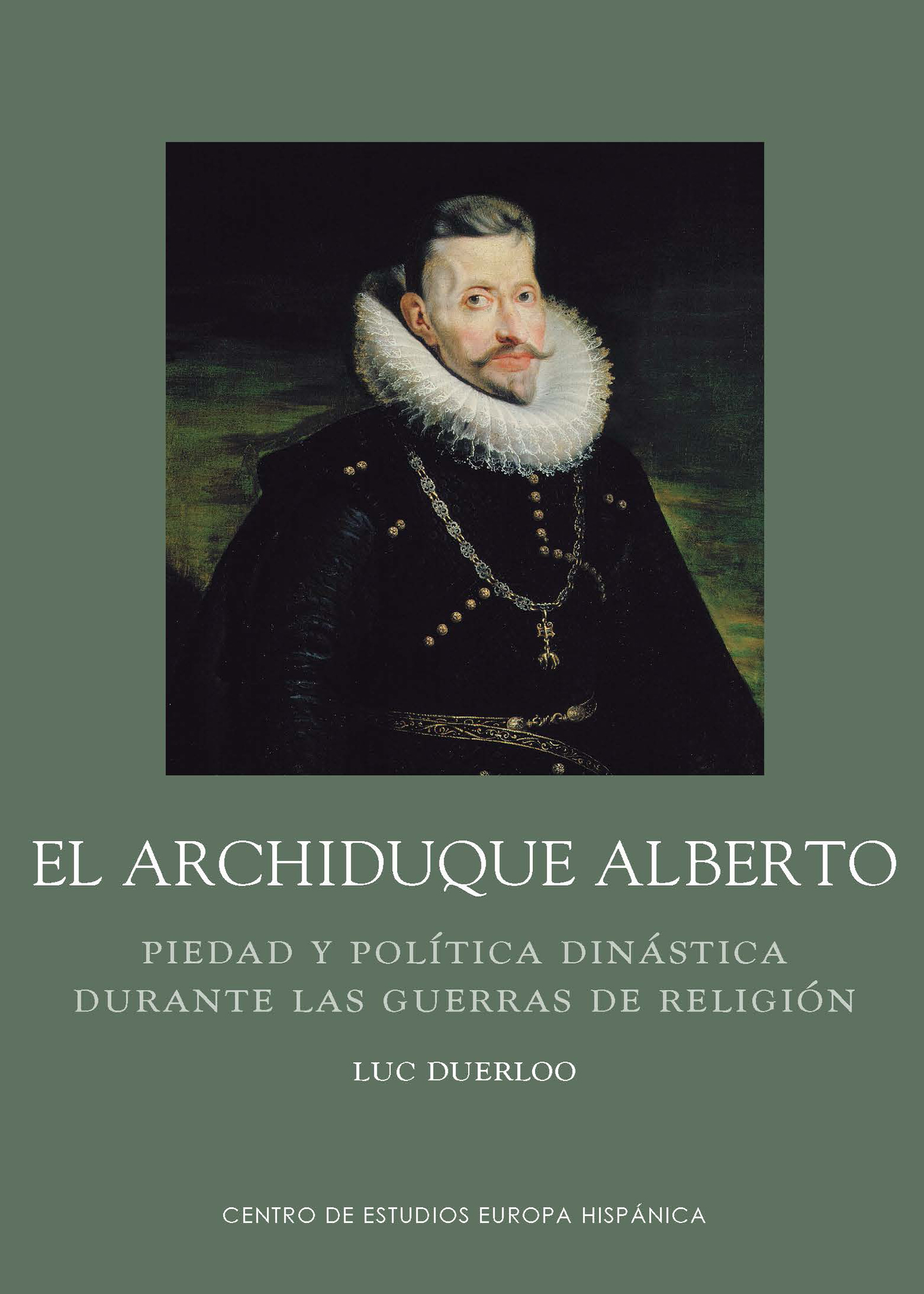Author
Luc Duerloo
Characteristics
536 pages; 113 color illustrations; hardcover with jacket; 20 x 28 cm
Publication
Spanish; 2015
ISBN
978-84-15245-33-9
Price
€50,00
At a young age Archduke Albert (1559–1621) was sent to the Court of Madrid, where King Philip II took charge of his education and future career. The two men proved to have much in common. They never seemed to grow tired of the business of government, of reading through the endless flow of state papers or of listening almost motionless for hours to the requests that were made during audiences. Intensely pious, they were both convinced of that they had been given a mission to rule for the benefit of their dynasty, their faith and their subjects. At first the Prudent King had groomed the Archduke to play an important role at the court of his son and heir. Albert was therefore made a cardinal and served an apprenticeship in the art of government as viceroy of Portugal, but an unexpected turn of events led Philip II to decide that Albert would resign from the clergy and marry his eldest daughter, the Infanta Isabel Clara Eugenia, who was given the Habsburg Netherlands as her dowry. By ceding the Low Countries Philip II hoped to bring an end to the ongoing Dutch Revolt and reunite these provinces under Habsburg rule and in the Roman Catholic faith. The next step would be to ensure Albert’s election as Emperor of the Holy Roman Empire.
Through an investigation of Albert’s reign, Luc Duerloo offers a new and fuller understanding of international events of the time. Drawing on a wide range of archival and visual material, the resulting study of Habsburg political culture demonstrates the large degree of autonomy enjoyed by the archducal regime, which allowed Albert and his entourage to exert a decisive influence on several crucial events: preparing the ground for the Anglo-Spanish peace of 1604 by the immediate recognition of King James, clearing the way for the Twelve Years’ Truce by conditionally accepting the independence of the United Provinces, reasserting Habsburg influence in the Rhineland by the armed intervention of 1614 and devising the terms of the Oñate Treaty of 1617. In doing so the author shows how they sought to initiate a realistic policy of consolidation benefiting the Spanish Monarchy and the House of Habsburg. Whilst previous work on the subject has tended to concentrate on either the relationship between Spain and the Netherlands or between Spain and the Empire, this book offers a far deeper and much more nuanced insight in how the House of Habsburg functioned as a dynasty during these critical years of increasing religious tensions. Based on extensive research in the archives left by the archducal regime and its diplomatic partners or rivals, it bridges the gap between the reigns of Philip II and Philip IV and puts research into the period onto a fascinating new basis.
Luc Duerloo, who holds a doctorate from the University of Louvain, teaches History at the University of Antwerp. Prominent among his publications are Armorial de la noblesse belge (4 vols., 1992, with Paul Janssens) and Scherpenheuvel: Het Jeruzalem van de Lage Landen (2002, with Marc Wingens). He curated the exhibitions Albrecht & Isabella, 1598-1621 (Brussels, 1998) and Hungaria regia (Brussels, 1999). He is currently working on the links between art and politics in the Modern Age, particularly at the court of Archduke Albrecht and Archduchess Isabella. He has been visiting scholar at the Institute for Advanced Study in Princeton and at the University of Columbia.

